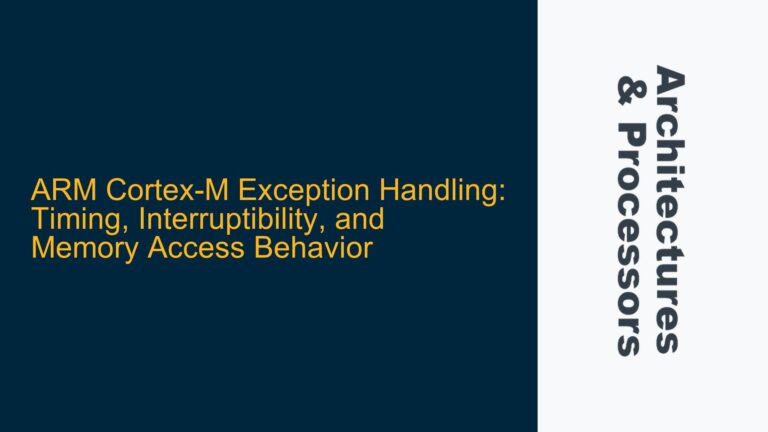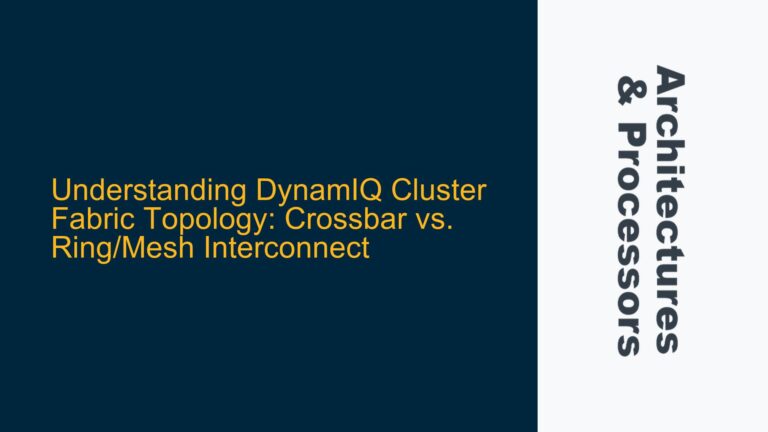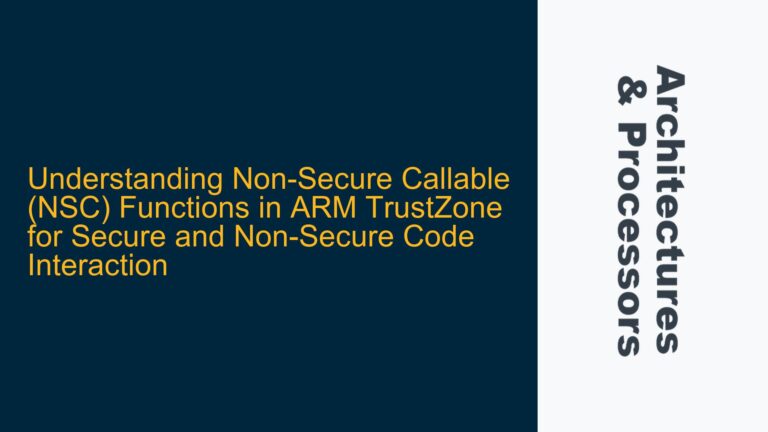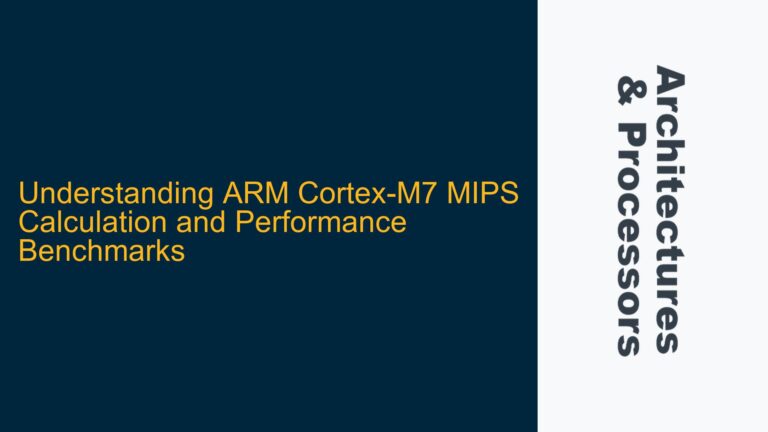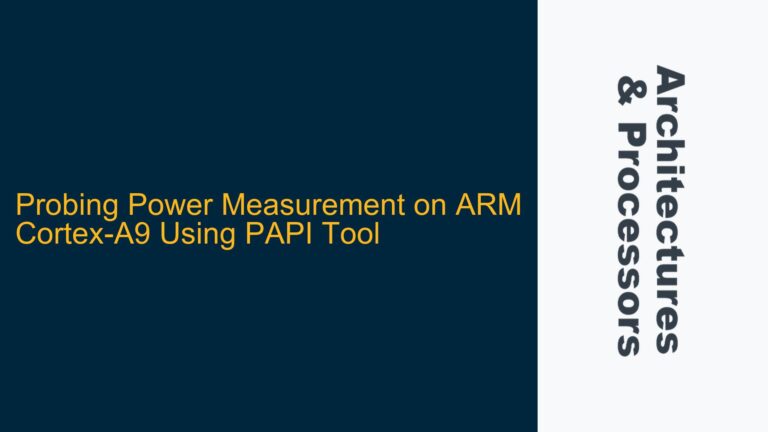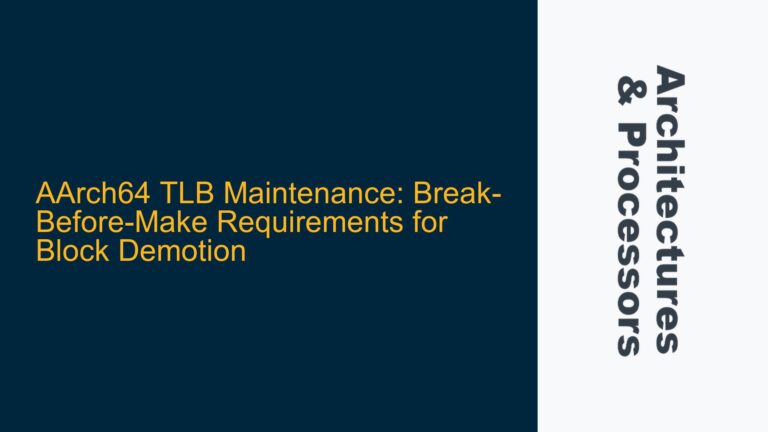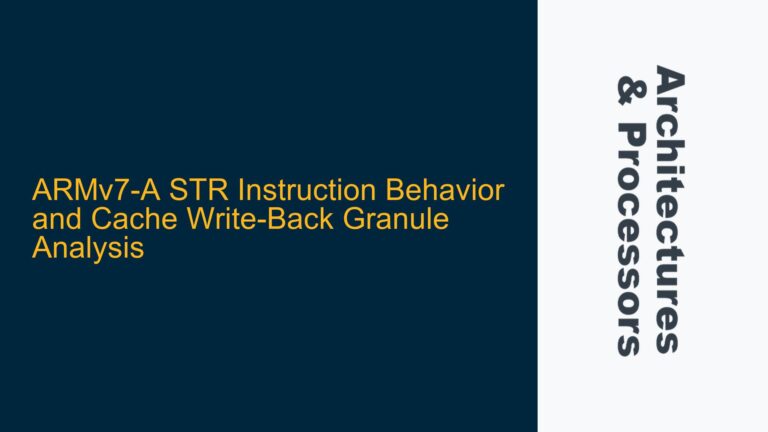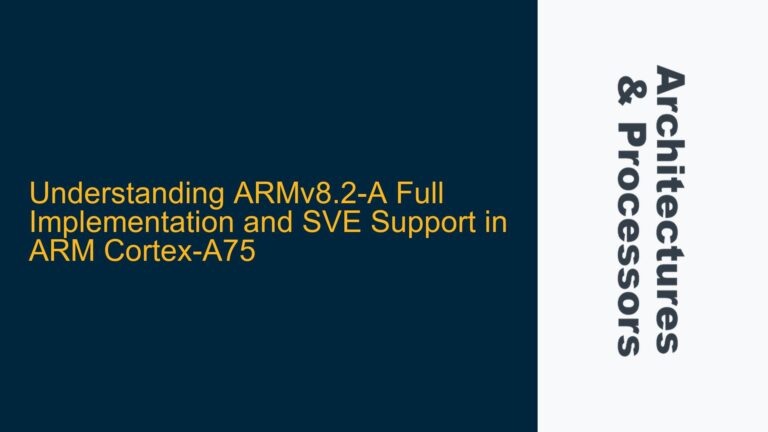ARM Cortex-M Exception Handling: Timing, Interruptibility, and Memory Access Behavior
ARM Cortex-M Exception Handling and Instruction Interruptibility The ARM Cortex-M series of processors, particularly the Cortex-M3, Cortex-M4, and Cortex-M7, are widely used in embedded systems due to their efficient exception handling mechanisms. However, understanding when and how exceptions are taken into account, especially in the context of instruction execution and memory access, is critical for…
